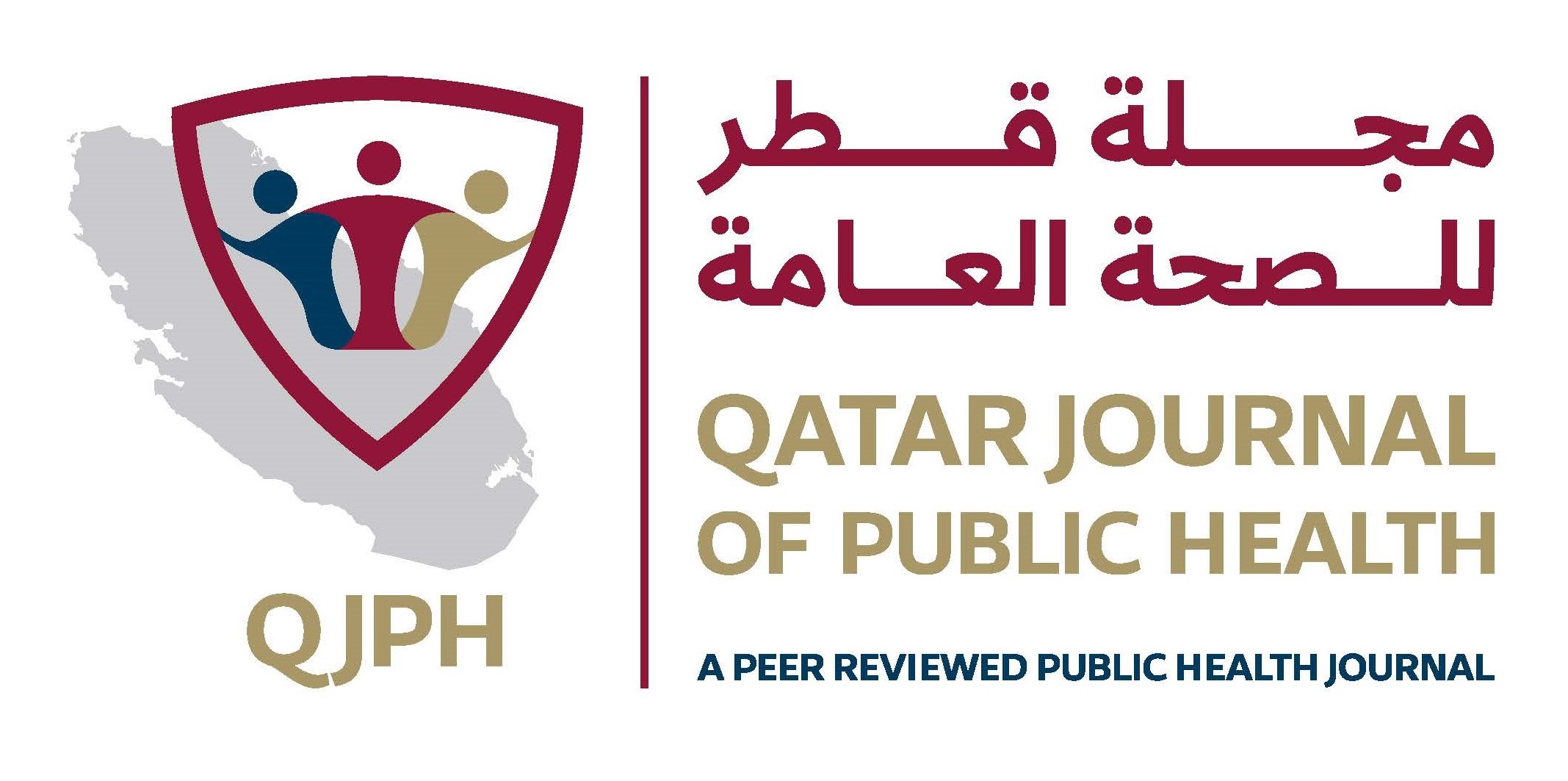-
oa Adverse events of COVID-19 vaccines: Insights from primary health care centers in Qatar
- Source: Qatar Journal of Public Health, Volume 2025, Issue 1, May 2025, 4
-
- 02 January 2025
- 08 April 2025
- 24 May 2025
Abstract
Introduction: The COVID-19 pandemic has had a profound impact on global health, with millions of confirmed cases and deaths. Vaccination is crucial in curbing the spread of the virus and mitigating severe outcomes. However, the swift development and deployment of COVID-19 vaccines have raised concerns about potential adverse events, underscoring the need for comprehensive surveillance and analysis of vaccine safety.
Objective: This study aimed to compare the prevalence and types of adverse events reported following the administration of different COVID-19 vaccines (AstraZeneca, Moderna, Pfizer, Pfizer Pediatric) across various doses. The objective was to delineate patterns in both local and systemic symptoms, including severe reactions such as anaphylaxis, to enhance understanding of the safety profiles of these vaccines.
Methods: We conducted a retrospective analysis of Electronic Health Records from Qatar’s Primary Health Care Corporation, focusing on individuals aged 6 months and older. Adverse event data were gathered using the “COVID-19 Post Vaccine Assessment Form,” which captures both local and systemic symptoms. Data were analyzed using IBM SPSS Statistics for Windows, Version 29.0, with frequencies and percentages summarized, Chi-square tests applied to assess associations between side effects and vaccine doses, and a p-value < 0.05 (two-tailed) considered statistically significant.
Results: The study included 121,700 patients, of whom 28,715 (23.6%) reported at least one adverse event following vaccination. Moderna exhibited the highest prevalence of any symptoms after the second dose (34.3%), while AstraZeneca demonstrated a significant increase in symptoms after the third dose (96.9%). Injection site pain was most prevalent with AstraZeneca’s third dose (57.1%), and anaphylaxis was most commonly reported with Pfizer Pediatric’s first dose (0.9%). The Pfizer Pediatric vaccine had the lowest rates of symptoms after the third dose (0.5%). Systemic symptoms, including fever and fatigue, were frequently reported across all vaccines.
Conclusion: This study reveals significant variability in adverse event profiles among different COVID-19 vaccines and doses. Moderna and AstraZeneca showed higher rates of both local and systemic symptoms, with AstraZeneca’s third dose exhibiting the highest overall symptom prevalence. Pfizer Pediatric had lower adverse event rates, though anaphylaxis and systemic symptoms like fever were more notable after the first dose. These findings emphasize the importance of ongoing post-vaccination monitoring to optimize vaccine administration and ensure patient safety.


